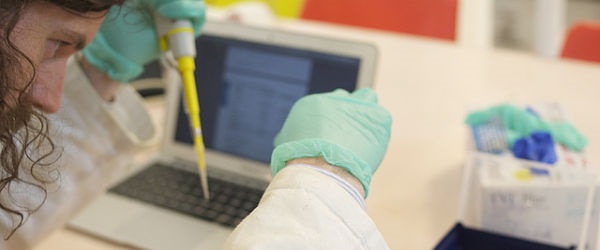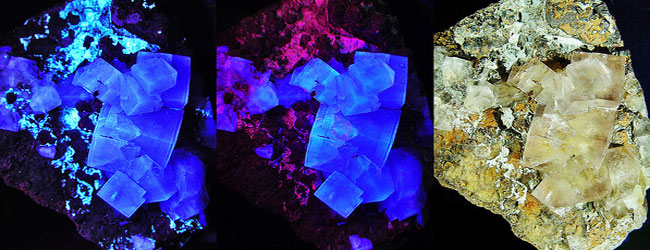Are you preparing to set up live cell imaging experiments? You’ve got all your cell lines, antibodies, reagents, and protocol ready. You just want to wake up in the morning and enter into that dark room. Well, think again!! As we (I mean the cell biologists) always say, happy cells mean happy life. You have to keep the live cells happy on the microscope stage for the entire duration of your experiment (for the sake of your happiness!). By that, I mean the imaging chamber must keep the cells functioning normally for the duration of the experiment, while allowing unrestricted access by the microscope objective.
Therefore, you should consider the following factors before even starting your experiments:
Temperature
Maintaining correct temperature is the most basic level of environmental control on the microscope stage. Although you usually use 370C for maintaining live cells, you should be aware that physiological temperature can vary considerably. For example, 420C is ideal for chicken cells and Drosophila cells will not behave normally or even survive at 370C. You can use a range of equipment (as described below) to achieve temperature control; each has its advantages and disadvantages. So, choose your equipment by considering your experimental question and type of specimen.
- Air-stream incubators: The simplest way to control temperature is by blowing warm air across the specimen. This type of incubator acts just like your hair dryer! Such glorified hair dryers with highly accurate temperature control are available commercially.
- Stage-top incubators: Heated stage incubators are available in many shapes, sizes, colors and formats. You can choose complex incubation chambers that combine temperature and gas control and also allow perfusion of different types of media.
- Full microscope enclosure: For dedicated live cell imaging systems, consider the full heated enclosure (if you have enough money!) that contains specimen, stage, objective turret, and parts of the microscope body. This type of equipment will give you the best thermal equilibration and, of course, peace of mind!
pH for Live Cells
Most of your cells will function normally in live cell imaging in a range of pH between 7.2 and 7.4. Usually a phenol red indicator in the media is used for visual determination of the approximate pH value. But you should avoid this dye if you plan to do live cell fluorescence imaging experiments because phenol red itself is a fluorescent compound and affects the brightness of the image.
Culture medium buffered by sodium bicarbonate and 5% CO2 is the most common way to regulate pH. But for keeping live cells on the stage, producing suitable atmosphere with CO2 can be difficult. So, you could try one of the following:
- Use CO2-independent media or add 10-25 mM HEPES to increase buffer capacity. However, HEPES alone will not completely control long-term alkalization.
- Use a high-end stage incubator with active control of CO2 in which a sensor placed near the specimen measures CO2.
- Passively control the CO2 by streaming premixed 5% CO2 (often sold as biological atmosphere) slowly onto the specimen covered with an inverted plastic dish.
Humidity
When you use a small volume of media in your imaging chamber, you should expect a change in volume due to evaporation. This problem is usually more severe when the medium is heated to 370C. Minimize the evaporation by using a sealed system, by covering the medium in an open chamber with an oil that has a lower density than water, or by humidifying the chamber. The best way to humidify the chamber is to channel the gas mixture through semi-permeable tubing immersed in water. You can also place wet tissue paper inside the imaging chamber for additional humidification.
Vibrations
Low frequency mechanical vibrations, such as from central heating systems, refrigerators, incubators, or traffic through nearby hallways, can affect your microscope performance. You can use a variety of techniques to reduce room and building low-frequency vibrations. For example,
- Most expensive option: use a feedback-controlled gas-filled isolation table.
- Low-cost option: install a flexible synthetic polymer vibration isolation pad.
Combine the vibration pads and a heavy sheet of half-inch aluminum or a pre-drilled isolation platform to reduce vibrations to an unnoticeable level . If you are concerned about very small displacements of resolution by vibrations, work very late at night or early in the morning when the environment is quieter (I know you are going to hate me now!).
So, if you want to see live cells, make them a home first! Enjoy your work and live happily ever after with your happy cells.






